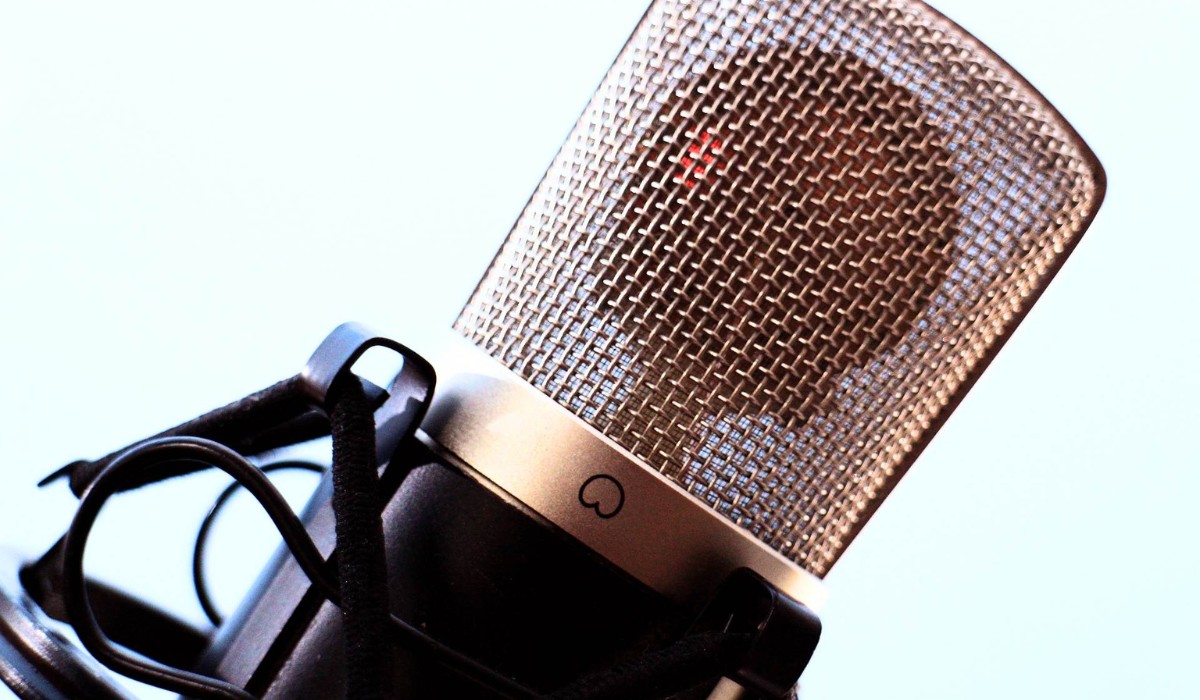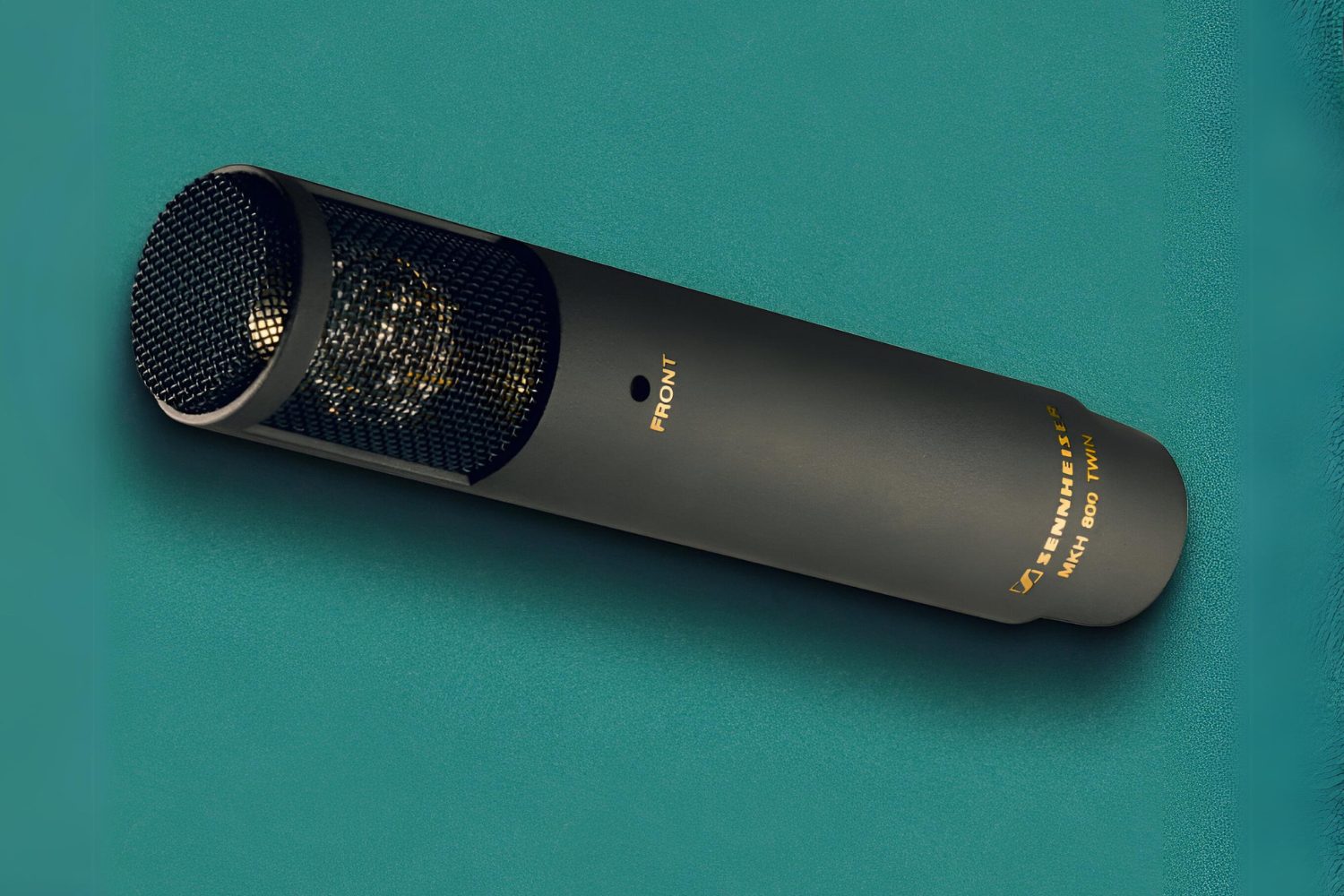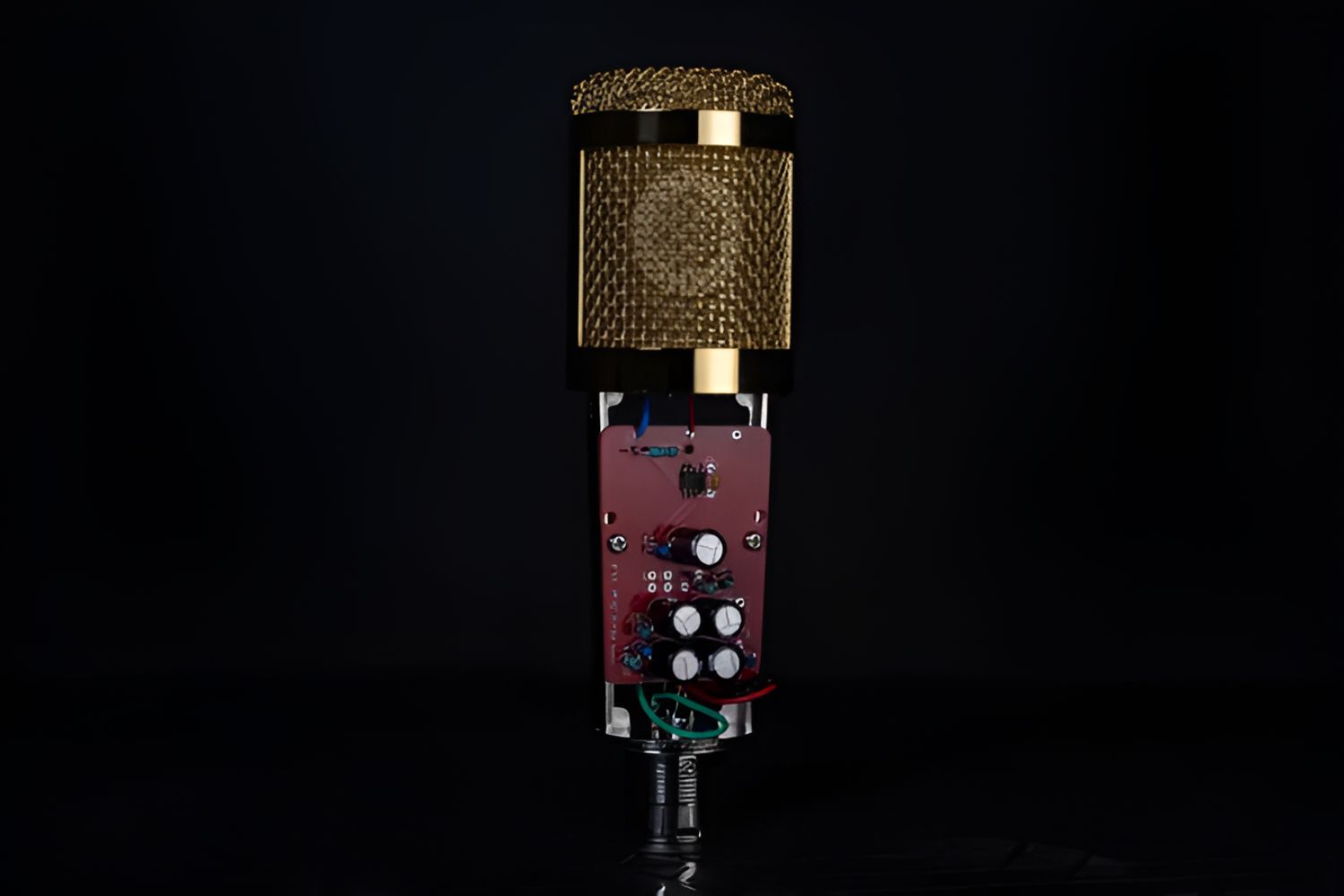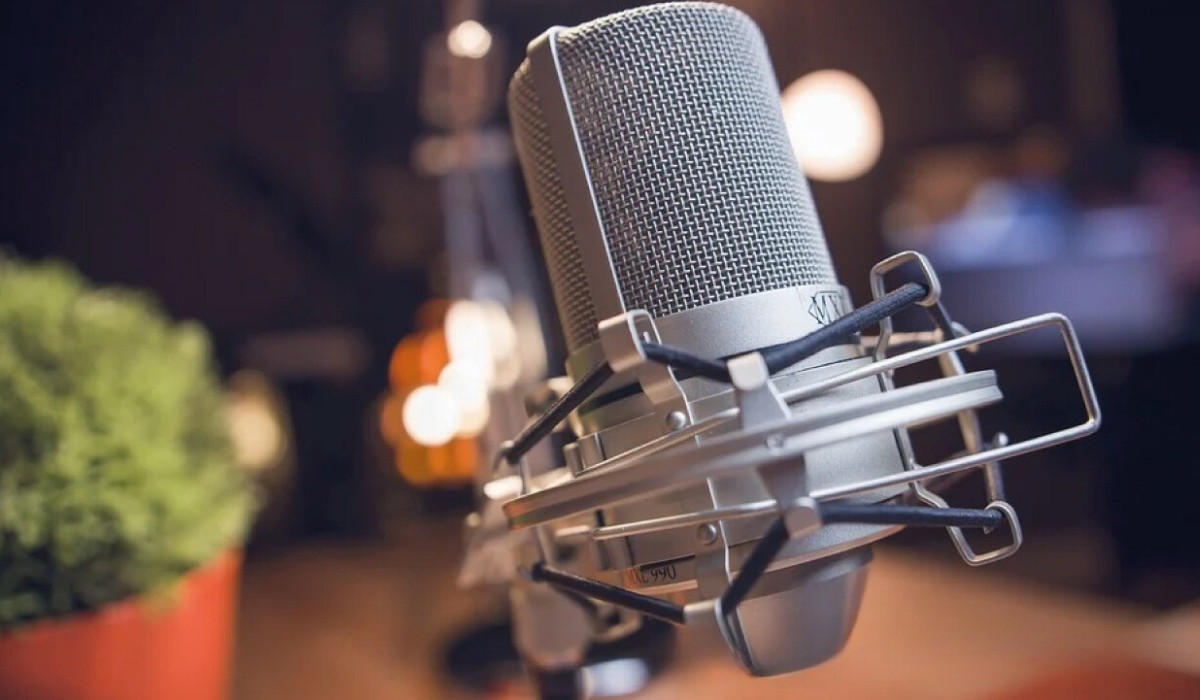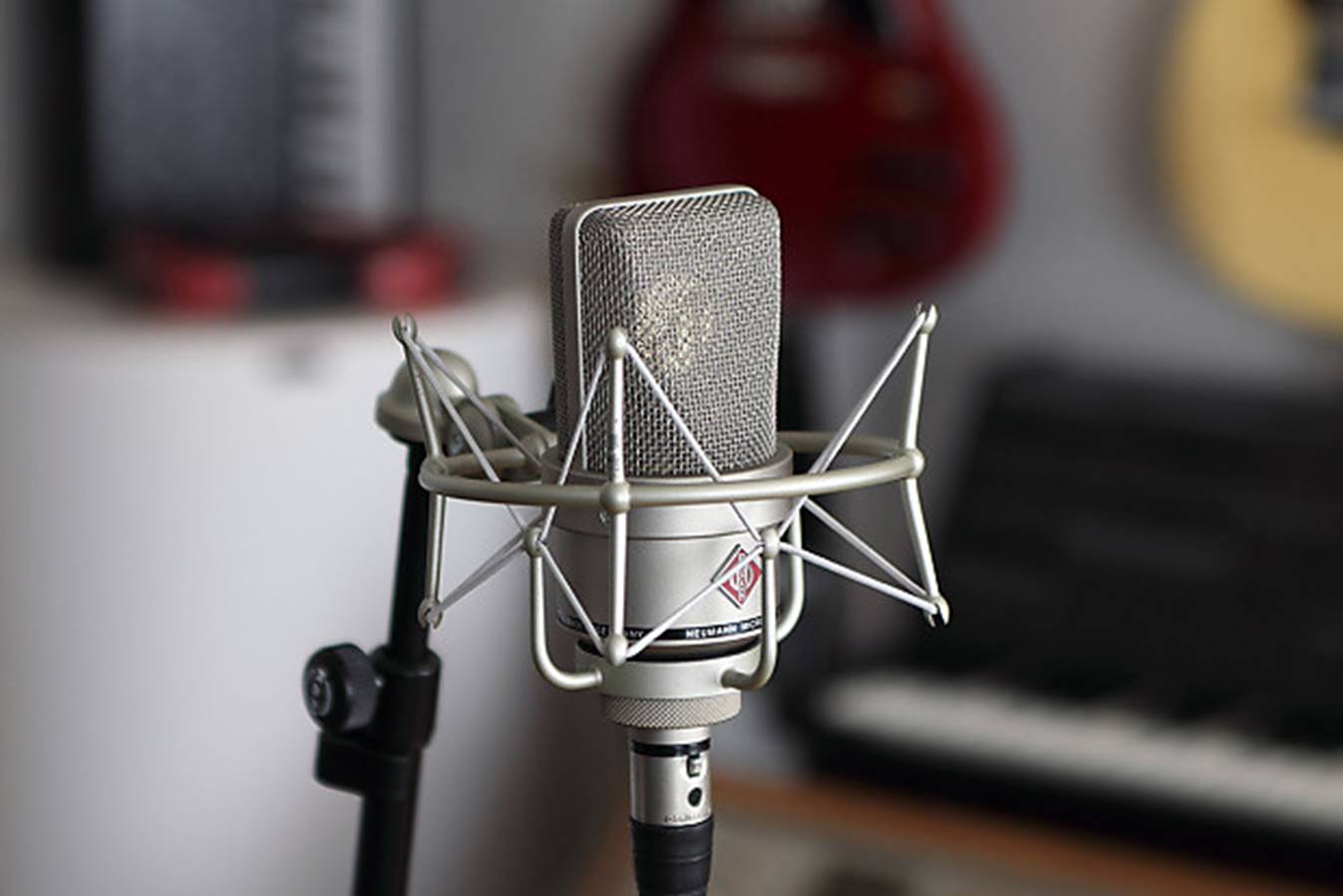Introduction
Understanding the Basics of Condenser Microphones
When it comes to capturing high-quality audio, whether for professional music recordings, podcasting, or broadcasting, having the right microphone is crucial. Among the various types of microphones available, condenser microphones stand out for their exceptional sensitivity and ability to capture detailed sound. In this comprehensive guide, we will delve into the world of condenser microphones, exploring their types, characteristics, and most importantly, how to identify them.
Condenser microphones, also known as capacitor microphones, are widely favored for their ability to capture subtle nuances and deliver clear, detailed audio recordings. Unlike dynamic microphones, which are known for their durability and versatility, condenser microphones excel in capturing delicate sounds with precision. This makes them an ideal choice for studio recordings, vocal performances, and capturing acoustic instruments.
As we embark on this exploration of condenser microphones, it's essential to understand the fundamental principles behind their design and functionality. By gaining insight into the inner workings of condenser microphones, you'll be better equipped to identify them and harness their capabilities for your audio recording needs.
Throughout this guide, we will unravel the distinctive features that set condenser microphones apart from other types of microphones, shedding light on their unique characteristics and applications. Whether you're a seasoned audio engineer, a content creator, or a newcomer to the world of sound recording, this guide will equip you with the knowledge to discern and leverage the power of condenser microphones.
Join us on this enlightening journey as we uncover the nuances of condenser microphones, empowering you to make informed decisions when selecting the ideal microphone for your audio endeavors. Let's embark on this exploration of condenser microphones, unraveling their mysteries and unlocking their potential for capturing pristine sound.
Understanding the Nature of Condenser Microphones
Before delving into the specifics of identifying condenser microphones, it’s essential to grasp the fundamental principles that underpin their design and functionality. Unlike dynamic microphones, which operate on electromagnetic induction, condenser microphones utilize an electrostatic principle to capture sound. At the core of a condenser microphone lies a diaphragm, typically made of a thin material such as gold-sputtered Mylar, positioned in close proximity to a backplate. This arrangement forms a capacitor, where the diaphragm serves as one plate and the backplate as the other.
One of the defining characteristics of condenser microphones is their reliance on an external power source, typically referred to as phantom power. This power is essential for polarizing the diaphragm and backplate, creating a fixed electrical charge across the capacitor. As sound waves cause the diaphragm to vibrate in response to incoming audio signals, the distance between the diaphragm and backplate fluctuates, resulting in variations in the electrical capacitance. These variations are then converted into electrical signals, faithfully capturing the nuances of the sound being recorded.
Condenser microphones are renowned for their exceptional sensitivity and transient response, making them well-suited for capturing intricate details and subtle tonal nuances. Due to their electrostatic transducer design, condenser microphones are capable of faithfully reproducing a wide frequency range, from the delicate harmonics of a string instrument to the nuanced inflections of a vocal performance. This inherent capability makes condenser microphones a preferred choice for capturing vocals, acoustic instruments, and intricate sound sources that demand precision and clarity.
Furthermore, condenser microphones can be categorized into two main types: large diaphragm and small diaphragm. Large diaphragm condenser microphones are favored for their warmth and depth, making them ideal for vocal recordings and capturing low-frequency instruments such as kick drums and bass guitars. On the other hand, small diaphragm condenser microphones are prized for their accuracy and transient response, making them suitable for capturing detailed high-frequency content, such as the shimmering tones of cymbals and acoustic instruments with intricate harmonic content.
By understanding the underlying principles and characteristics of condenser microphones, one can appreciate their unique capabilities and discerning factors. As we delve deeper into the realm of condenser microphones, we will explore the distinct types and characteristics that define these exceptional audio recording devices.
Exploring the Diverse Types of Condenser Microphones
Condenser microphones come in various configurations, each tailored to specific recording needs and sonic preferences. Understanding the distinct types of condenser microphones is essential for selecting the most suitable microphone for a given application. Broadly categorized based on diaphragm size and transducer design, condenser microphones can be classified into two primary types: large diaphragm and small diaphragm condenser microphones.
Large Diaphragm Condenser Microphones
Large diaphragm condenser microphones, characterized by their diaphragm size typically exceeding 1 inch in diameter, are renowned for their warm and rich sound signature. These microphones excel in capturing the low-frequency nuances of vocal performances and instruments, making them a popular choice for studio recordings, broadcast vocals, and podcasting. The larger diaphragm size contributes to a pronounced proximity effect, enhancing the low-frequency response when the sound source is in close proximity to the microphone. This characteristic is often leveraged to add depth and warmth to vocal recordings, making large diaphragm condenser microphones a staple in professional studios and home recording setups alike.
Small Diaphragm Condenser Microphones
Small diaphragm condenser microphones, featuring diaphragms typically measuring less than 1 inch in diameter, are prized for their accuracy and transient response. These microphones excel in capturing detailed high-frequency content with precision, making them an ideal choice for recording acoustic instruments, drum overheads, and ensemble performances. The smaller diaphragm size contributes to a more uniform polar pattern and extended high-frequency response, allowing for the faithful reproduction of intricate sonic details. Small diaphragm condenser microphones are favored for their versatility and ability to capture the subtle nuances of acoustic instruments, making them a valuable asset in recording environments where clarity and fidelity are paramount.
Multi-Pattern Condenser Microphones
Beyond the diaphragm size distinction, condenser microphones also come in multi-pattern configurations, offering selectable polar patterns such as cardioid, omnidirectional, and figure-8. These multi-pattern condenser microphones provide enhanced flexibility, allowing users to adapt the microphone’s directional characteristics to suit varying recording scenarios. Whether capturing solo performances with a cardioid pattern, embracing ambient sound with an omnidirectional pattern, or facilitating stereo recordings with a figure-8 pattern, multi-pattern condenser microphones offer a versatile solution for diverse recording applications.
By familiarizing oneself with the diverse types of condenser microphones and their respective sonic characteristics, audio enthusiasts and recording professionals can make informed choices when selecting the most suitable microphone for their specific recording needs.
Unveiling the Distinctive Characteristics of Condenser Microphones
Condenser microphones possess a unique set of characteristics that distinguish them from other microphone types, shaping their sonic capabilities and applications in audio recording. Understanding these defining traits is essential for harnessing the full potential of condenser microphones and making informed decisions when selecting the appropriate microphone for a given recording scenario.
Exceptional Sensitivity and Transient Response
One of the hallmark traits of condenser microphones is their exceptional sensitivity to sound waves, allowing them to capture subtle nuances and transient details with precision. This heightened sensitivity enables condenser microphones to faithfully reproduce the intricate tonal variations of vocal performances, acoustic instruments, and ambient soundscapes. The transient response of condenser microphones, characterized by their ability to accurately capture rapid changes in sound amplitude, makes them well-suited for capturing percussive instruments and dynamic vocal expressions with clarity and fidelity.
Wide Frequency Range and Detailed Resolution
Condenser microphones boast a wide frequency range and detailed resolution, enabling them to capture the full spectrum of audio frequencies with remarkable accuracy. From the deep lows of a resonant bass guitar to the sparkling highs of a shimmering cymbal, condenser microphones excel in faithfully reproducing the harmonic content and tonal complexities of diverse sound sources. This characteristic makes them indispensable for capturing the rich timbre of musical instruments, vocal nuances, and ambient textures in a manner that transcends conventional microphones’ capabilities.
Low Self-Noise and High Signal-to-Noise Ratio
Another key characteristic of condenser microphones is their low self-noise and high signal-to-noise ratio, ensuring that the recorded audio maintains clarity and purity. The minimal internal noise of condenser microphones allows for pristine recordings, free from intrusive hiss or background noise, making them an ideal choice for capturing delicate acoustic performances, ASMR content, and studio vocals with minimal sonic interference.
Variable Polar Patterns and Versatility
Many condenser microphones feature selectable polar patterns, such as cardioid, omnidirectional, and figure-8, offering enhanced versatility for adapting to diverse recording scenarios. This flexibility allows condenser microphones to excel in solo vocal recordings, ensemble captures, ambient room miking, and stereo imaging, making them a versatile tool for audio engineers, podcasters, and content creators seeking adaptable microphone solutions.
By recognizing and appreciating these distinctive characteristics, audio professionals and enthusiasts can leverage the unique sonic capabilities of condenser microphones to elevate their audio recordings and capture sound with unparalleled fidelity and detail.
Deciphering the Telltale Signs of a Condenser Microphone
Identifying a condenser microphone amidst a myriad of audio recording devices involves recognizing specific physical and operational attributes that set condenser microphones apart. Whether examining a microphone for a potential purchase or discerning the microphone type in a recording setup, several key indicators can help distinguish condenser microphones from their dynamic or ribbon counterparts.
Diaphragm Size and Construction
One of the primary visual cues for identifying a condenser microphone is the size and construction of its diaphragm. Condenser microphones, especially large diaphragm variants, often feature a visibly expansive and delicate diaphragm, which may be discernible through the microphone grille or housing. The diaphragm’s size, typically exceeding 1 inch in diameter for large diaphragm condensers, contrasts with the smaller diaphragms commonly found in dynamic microphones. Additionally, the diaphragm material, often composed of gold-sputtered Mylar or other lightweight materials, contributes to the microphone’s sensitivity and transient response, serving as a distinguishing feature of condenser microphones.
External Power Requirement
Unlike dynamic microphones that operate without external power, condenser microphones necessitate an external power source to polarize their diaphragms and facilitate the conversion of sound waves into electrical signals. This requirement for phantom power, typically delivered through an XLR cable connected to an audio interface or mixer, serves as a definitive indicator of a condenser microphone. When inspecting a microphone, the presence of an XLR connector and the need for phantom power can signal its classification as a condenser microphone.
Frequency Response and Sensitivity Specifications
Reviewing the microphone’s technical specifications, particularly its frequency response and sensitivity ratings, can provide valuable insights into its microphone type. Condenser microphones often exhibit extended frequency responses, capturing a wide range of audio frequencies with precision and detail. High sensitivity ratings, measured in millivolts per Pascal (mV/Pa), further distinguish condenser microphones by highlighting their ability to capture subtle sound nuances and transient details, characteristics that are less pronounced in dynamic microphones.
Polar Pattern Selection and Switches
Many condenser microphones feature selectable polar patterns, allowing users to adjust the microphone’s directional sensitivity to suit different recording scenarios. The presence of polar pattern switches or controls on the microphone body signifies its classification as a condenser microphone. These switches enable users to switch between cardioid, omnidirectional, and figure-8 polar patterns, enhancing the microphone’s versatility and adaptability for various recording applications.
By familiarizing oneself with these key identifiers and operational features, audio enthusiasts and professionals can confidently identify condenser microphones, harnessing their unique sonic capabilities for diverse recording endeavors.
Embracing the Versatility and Nuances of Condenser Microphones
As we conclude our exploration of condenser microphones, we have unveiled the intricacies of these remarkable audio recording devices, from their fundamental principles to their distinctive characteristics and identifying features. Condenser microphones, renowned for their exceptional sensitivity, wide frequency response, and versatility, stand as indispensable tools for capturing pristine audio in a myriad of recording scenarios.
By understanding the nuanced differences between large diaphragm and small diaphragm condenser microphones, as well as their applications in capturing diverse sound sources, audio enthusiasts and recording professionals can make informed decisions when selecting the most suitable microphone for their specific needs. Whether embarking on vocal recordings, acoustic instrument captures, or atmospheric room miking, condenser microphones offer a palette of sonic possibilities, empowering creators to craft immersive and detailed audio experiences.
Furthermore, the ability to discern the telltale signs of a condenser microphone, whether through visual cues or operational requirements, equips individuals with the knowledge to identify and leverage the unique capabilities of these microphones in their recording endeavors. From the delicate diaphragm construction to the reliance on phantom power and the presence of selectable polar patterns, these identifiers serve as guiding beacons in navigating the diverse landscape of microphone options.
As technology continues to advance, condenser microphones persist as steadfast companions in the pursuit of sonic excellence, adapting to evolving recording practices and embracing new creative frontiers. Whether in professional studios, home recording setups, or remote recording environments, the enduring presence of condenser microphones underscores their enduring relevance and unwavering contribution to the art of audio capture.
In essence, the journey of identifying and understanding condenser microphones transcends mere technical knowledge; it embodies a celebration of sonic artistry and the pursuit of sonic perfection. By embracing the versatility and nuances of condenser microphones, creators and audio enthusiasts alike can unlock a world of sonic possibilities, elevating their recordings and immersing audiences in captivating auditory experiences.







